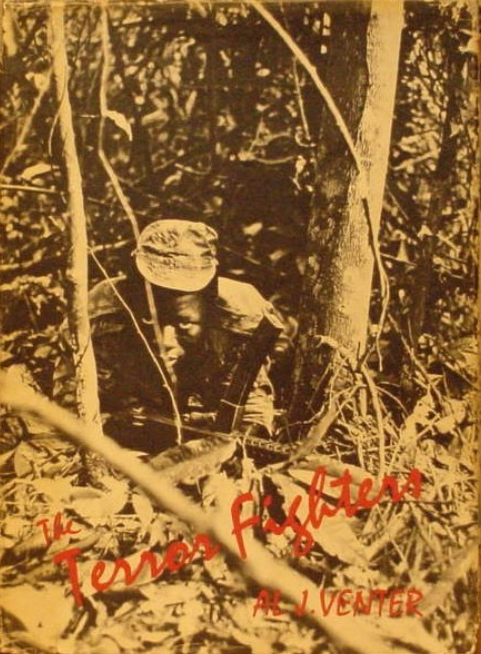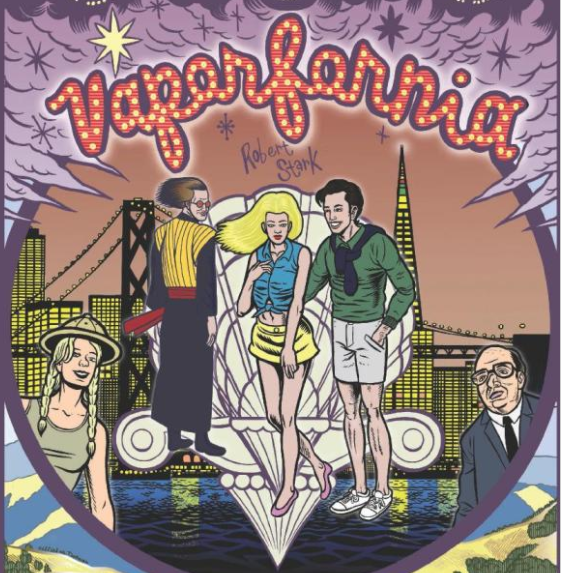The US-Sponsored Assault on the Portuguese of Angola
In 1961, at the outset of the decades-long
and convoluted series of struggles over Angola’s political future, the first
group to seriously challenge Portuguese colonial authority was Holden Roberto’s
Union of Peoples of Angola (UPA), a recipient of aid from the United States. “The
war started with dollars,” Portugal’s Captain Ricardo Alcada told South African
journalist Al J. Venter a few years later. “The Americans thought that by
backing Holden Roberto they would chase the Portuguese out of Angola within
months,” Alcada explained [1]. “They had no option,” he continued: “They had to
counter the communist influence in Congo-Brazza across the river so they chose
the likeliest candidate for ‘Mr. Overnight Pro-America’ among the sanguinary
rabble they found wandering about downtown Kinshasa.” [2] “The Americans
realize their mistake now, but they are still allowing money into the Congo
from a number of organizations,” he further enumerated: “Numerous church and
social groups in the United States, Britain and other European and Asian
countries are passing on money to the terrorists – over and above what they
receive from the Iron Curtain states.” [3]
Roberto’s UPA fighters were among
the worst savages in Africa and would slaughter thousands when they invaded Portuguese
Angola in 1961. Catching the Portuguese off-guard, Venter writes, “the
terrorists had managed to kill 1,700 White Portuguese men, women and children
and between 20,000 and 30,000 Africans – the people they had come to ‘liberate’.”
[4] Venter continues his account of how Americans’ tax dollars were spent in
undermining one of the few remaining European colonial presences in Africa:
Meanwhile
Roberto’s men were laying waste to farms and buildings wherever they found
them, he [Brigadier Martins Sorrés] continued. Everyone in their path was
killed – Black, White, old or young; even babies were not spared. They were
often cut open and stuck on to stakes along the road. […]
The brigadier
maintained that the explanation for the early success of the terrorists was
simple. Many of the Freedom Army soldiers believed they were under the
spell of their witch-doctors and that the bullets of the enemy would be turned
to water. They thought they were invincible and that nothing could stop them. “It
is difficult to stop a man who thinks like that,” he said.
“When they attacked
they came on screaming and firing their weapons. Others followed behind
wielding spears, pangas and machetes. They were fearless and equally ruthless.”
The cry as the insurgents attacked was always “Mata! Upa! Mata! Upa!” (Kill!
Upa! Kill! Upa!). […]
It was more than
a month before the Portuguese found their feet again. [5]
Captain Alcada furnished Venter with an anecdote indicative of the horrifying sights that might await a young man conscripted to serve in the war:
It was late April
1961, he told us. He was a young alfares then, in charge of his own
platoon. “We came down this stretch in the early hours one morning towards
Nambuangongo […]
“We were in three
jeeps. I travelled in the first one, as we officers usually do.
“As we came out
of the darkness to this spot I felt uneasy. I still do not know why. I asked
the driver to slow down. We came around that corner,” he said pointing.
“In the road ahead
of us was the head of a woman on a stake.”
“It was
obviously a symbolic warning of sorts put there by the terrorists. They had
been bold in the early days. It was a mysterious, ominous warning and one that
I will never forget. It is imprinted on my mind as if it were yesterday. I can
still see the dark cavities where her eyes had been,” he said.
The head was
partly decomposed. He could see she had been Portuguese. Her hair was long and
black – unlike negroid hair. She had apparently been the wife of the owner of
that farm, Ricardo nodded toward the ruins.
“We never found
her body. God only knows what medicine they used it for.”
That was the
night, Ricardo continued, that started him off in this war – good and proper.
“I was completely
shaken up, even though it was an ordinary incident. There have been many others
since – some far worse. But that one had a special significance for me.
“My immediate
reaction was one of revolt. I wanted to kill everything black that I could lay
my hands on. At the same moment I realized I had three black soldiers under my
command in the patrol with me. The effort to control my instincts was not easy.
I had to satisfy this primitive lust for blood. […]
“I swore there
and then that I would become a name to be feared among the terrorists.” [6]
 |
| MPLA leader Agostinho Neto with UPA's Holden Roberto |
The government of Israel was sufficiently impressed with the UPA’s performance that it would provide aid to Roberto’s revolutionary movement throughout the decade. Though eventually overshadowed by Agostinho Neto’s more disciplined and communist-aligned People’s Movement for the Liberation of Angola (MPLA), the UPA’s achievement in shaking Portuguese authority and worsening racial tensions in Angola was considerable. “The terrorists used the simple maxim of Mao Tse Tung,” a Portuguese commandant informed Venter: “to take a country, it is first necessary to create chaos and revolution by every means possible,” adding: “And what better catalyst for revolution than friction between the races”? “It was a young lieutenant who made the most erudite observation of all,” Venter writes: “It seems that there is someone else applying those same principles on a far more subtle plane in the United States – and obtaining better results.” [7]
Rainer Chlodwig von K.
Rainer is the author of Drugs, Jungles, and Jingoism.
Endnotes
[1] Venter, Al J. The Terror
Fighters: A Profile of Guerrilla Warfare in Southern Africa. Cape Town:
Purnell, 1969, p. 61.
[2] Ibid., p. 63.
[3] Ibid., p. 61.
[4] Ibid., p. 13.
[5] Ibid., pp. 13-14.
[6] Ibid., pp. 66-67.
[7] Ibid., p. 112.




Comments
Post a Comment